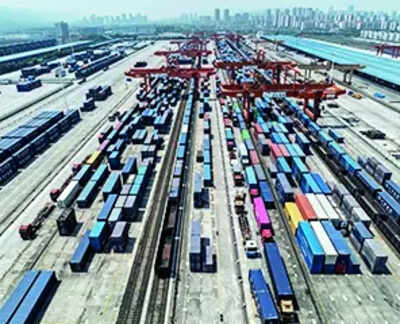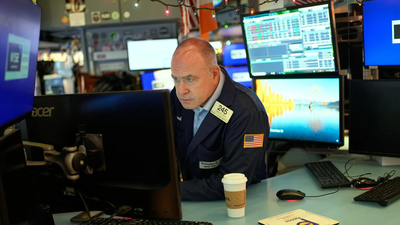With new 40% tariff on transshipments, Trump takes aim at US dependence on China’s factories

Ever since President Trump began raising tariffs on goods from China during his first term, Chinese companies have raced to set up warehouses and factories in Southeast Asia, Mexico and elsewhere to bypass US tariffs with indirect shipments to the American market via other countries. But on Thursday, Trump took aim at all indirect American imports, which he blames for part of the $1.2 trillion US trade deficit. Trump imposed 40% tariffs on so-called transshipments, which will take effect in a week. And a senior administration official who briefed reporters said work was under way that could broaden considerably the definition of indirect shipments.The new rules cover indirect shipments from anywhere, not just China. But China, with its massive factory infrastructure and expansive manufacturing ambition, has been the main country to develop a global network for such shipments. Trade experts were quick to predict that China would be the most affected – and the most annoyed.Trump’s executive order Thursday created a new category of imports: goods that are transshipped through other countries instead of coming straight from the country of origin. The 40% tariffs on these goods will be on top of whatever tariffs would have applied if the goods had come directly from the country where they were originally made.The legal definition of transshipment is narrow: a good that did not undergo a “substantial transformation” in the country through which it was indirectly shipped. Countries in Southeast Asia have long denied that they allow a lot of transshipment. They contend that their soaring imports of Chinese components are being assembled into new and different products that can appropriately be labelled made in their countries, and not labelled “made in China.“






